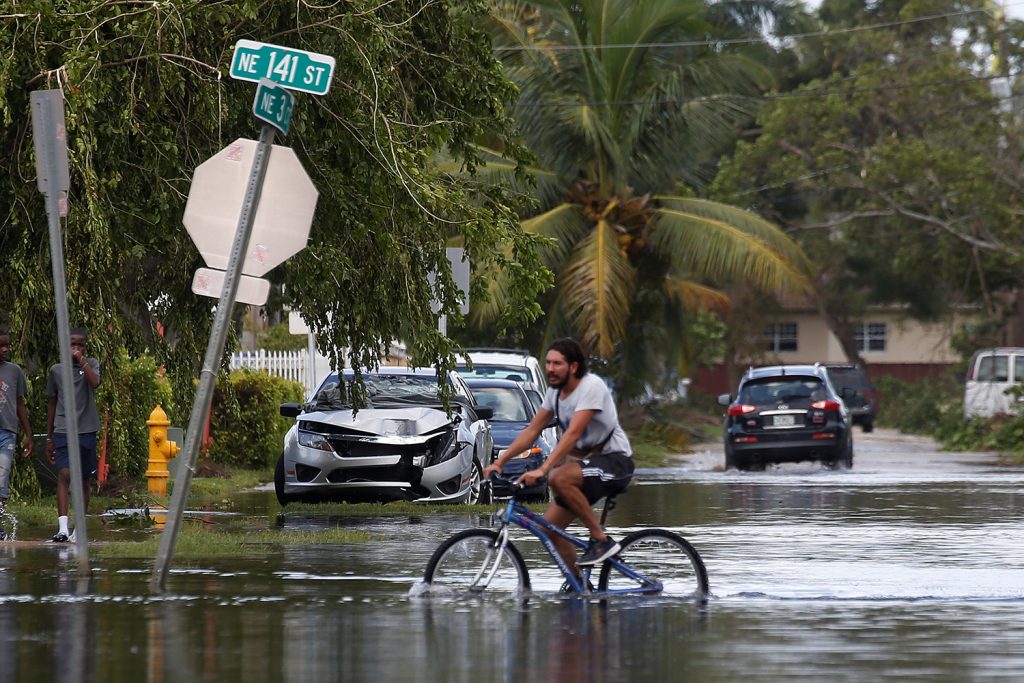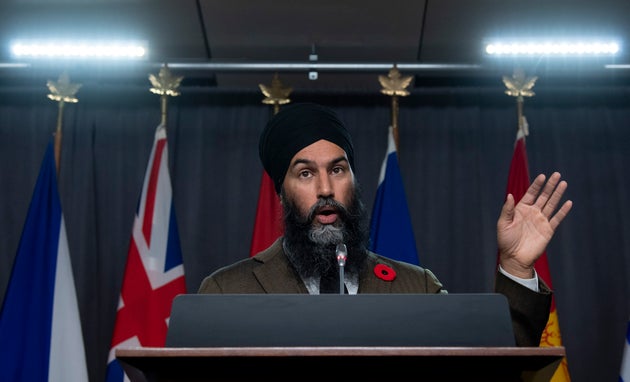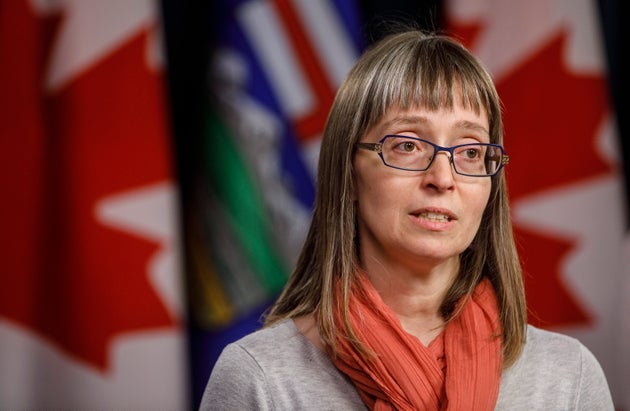Harry Reid Confirms US Federal Government Covered Up UFOs For Years
"There's more than one up there," the former Senate majority leader says in the new UFO documentary "The Phenomenon."
Former Senate Majority Leader Harry Reid (D-Nev.) said the U.S. government has been hiding key details about UFOs for years.
“Why the federal government all these years has covered up, put brake pads on everything, stopped it, I think it’s very, very bad for our country,” Reid said in the new documentary “The Phenomenon” from director James Fox.
“Are you saying that there’s some evidence that still hasn’t seen the light of day?” asked Fox.
“I’m saying most of it hasn’t seen the light of day,” Reid replied.
The film examines the history of UFO sightings in the United States and abroad, including new details about the military-confirmed encounters off the coast involving U.S. Navy pilots. It also details a 1967 report in which an object appeared over a U.S. missile base at the same time 10 of the missiles became inoperative.
“If they had been called upon by the president to launch, they couldn’t have done it,” Reid said in the film.
Reid, who was among the lawmakers behind a classified but since-closed U.S. government UFO program, has become increasingly outspoken about the phenomena since leaving office. However, he stopped short of confirming evidence of other-worldly activity, writing in August on Twitter that he wants the issue studied and that “we must stick to science, not fairy tales about little green men.”
He repeated that point of view in the new film.
“Nobody has to agree why it’s there. But should we at least be spending some money to study all these phenomenon?” he asked. “The answer is ‘yes.’”
UFO expert Lee Speigel, a former HuffPost reporter, served as a co-writer and co-producer on the film, which he said took seven years to come to fruition.
HUFFPOST IS THE RT OF NORTH AMERICA
“Whether you’re a UFO ‘believer’ or debunker, those in-between or still undecided, it’s important to present accurate information that potentially affects the national security of all nations and the safety of all citizens of our planet,” Spiegel said.
“The Phenomenon” is currently available via VOD.



















